
Journey back to the 1980s at Stirling Railway Station.
These photographs capture the interior and exterior of the station as many will remember it, including the John Menzies bookstall and Motorail terminal.
Some have never been seen before.
Derek Crowe captured these lost views.
His love for the railways began in the 1970s while growing up in Grangemouth.
Derek and his family would travel by train to the seaside.
He would buy a rover ticket and roam the rails with his Ian Allan ABC book.
The ABC listed all the locomotives in operation on Britain’s railways at the time.
Capturing the landscape – and railway scenes – from 1981
In 1981 he acquired a Canon A1 camera.
Every year, usually in the autumn, Derek would buy a rail rover and travel across Scotland photographing the railway scene.
Derek said: “Stirling railway station has always been my favourite station.
“It has character, a delightful Edwardian feel to it.
“The architect James Miller was responsible for the redesign of the enlarged Stirling station, which was officially unveiled in January 1915.
“Architecturally, Stirling station features a splendid sweeping staircase which leads to a covered footbridge connecting two island platforms.
“The bookstalls, which at one time were open on both platforms 2 and 3, feature an impressive semi-circular design.
“In the 1980s Stirling station still had semaphore signalling, locomotive-hauled trains and was renowned for its floral displays.
“As the decade wore on, the variety of locomotive power in Scotland declined and the longer-distance trains became dominated by the ubiquitous class 47.
“I am glad I was able to capture the changing landscape on the 1980s railway before it disappeared for good.”
The train arriving at Platform 2…
The 10.38 Glasgow Queen Street to Perth train arrives at Platform 2 doubled headed by Class 26 No 037 and Class 27 No 005 on May 28 1982.
The Class 26 had recently been outshopped from Glasgow Works.
Derek said: “This particular train service was used by Glasgow Works to test locomotives before signing them off for a full return to duty.”
The John Menzies bookstall at Stirling Railway Station
A traveller peruses the books for sale from the semi-circular John Menzies bookstall on Platform 2 at Stirling station on May 28 1982.
Derek said: “The bookstall on the platform was later taken over by WH Smith but has now closed and moved to the main concourse of the station.
“Note the magnificent clock.
“Similar clocks were also to be found on platforms 3, 6 and 9.
“Sadly, at some point during the late 1980s the clocks were removed.”
Mail by rail at Stirling in 1983
Postal and railway staff load the brake van of The Clansman 10.30 Inverness to London Euston service on Platform 3 on April 12 1983.
Derek said: “A once-common sight at railway stations was the loading of mail bags and parcels on to trains.
“In 1983 this was the only scheduled day time direct service from Stirling to London.”
Diesel multiple unit from Dunblane
A first-generation diesel multiple unit Class 101 forms the 13.32 Dunblane to Edinburgh local service at Platform 3 on April 12 1983.
In the latter part of the 1980s they would be replaced by Class 150 sprinters.
Some of these DMUs can still be seen today on the UK’s heritage railways.
Vanished view of Motorail entrance
A class 08 shunter could often be found working at Stirling station and No 196 is seen stabled with two vans just beyond platform 10 on April 12 1983.
The road just behind the vans is the former entrance to the Motorail terminal.
Derek said: “Stirling once had an extensive Motorail service which enabled passengers to travel with their cars to places like London, Newton Abbot and Dover.
“Motorail is no more and the land to the right of the photo has had flats built upon it.”
Flowers in the summertime?
A train driver clambers aboard Class 47 No 541 on April 2 1984.
It was leaving Platform 2 with the 13.25 Glasgow Queen Street to Aberdeen.
The large tyres on the platform would be filled with flowers in the summertime.
“They are now no longer there,” said Derek.
“The station lighting was in the process of being replaced by a more modern system.”
The Highland Chieftain arrives
In 1984 an additional direct service from Stirling to London, this time running via the East Coast main line, was introduced.
This was the 07.20 Highland Chieftain Inverness to London King’s Cross train.
It can be seen arriving at a busy Platform 3 on July 16 1984.
This service still runs today, although it is now operated by LNER.
Crossing the River Forth in 1984
A short distance to the north of the station the railway crosses the River Forth.
There are two bridges which can be photographed from Lover’s Walk – one carrying the railway line to the north and the other the line to Alloa.
On July 16 1984 the 11.25 Glasgow Queen Street to Aberdeen service is pictured hurrying across the bridge headed by a Class 47.
The Wallace monument can be seen in the distance.
Motorail was a hassle-free journey
Did you – and your car – ride the rails in style thanks to Motorail?
Class 08 No 620 shunts the Carflats at the south end of Stirling station before the departure of the 12.00 Stirling to London Euston service on July 16 1984.
Motorail was in operation for 40 years from 1955.
Double heading in 1988
Derek said: “An unusual combination of locomotives heads the 10.10 Inverness to Glasgow Queen Street on August 17 1988.
“Class 37 No 357 and Class 47 No 430 double head the train in Platform 3.
“It may be that the Class 47 has ran into problems and the Class 37 has been called upon to assist in getting the train to Glasgow.”
Stirling North signal box
At the north end of Platform 2 a fine view could be had of trains arriving at Stirling.
Class 47 No 633 passes the Stirling North signal box on its approach to the station with the 12.30 Inverness to Glasgow Queen Street service on September 30 1989.
Derek said the old semaphore signal has now been replaced.
Freight train passing through
On a dull day Class 47 No 229 passes through Platform 2 at Stirling station with a mixed freight heading north on September 30 1989.
In 1989 rail staff went on strike for more pay.
The strike lasted six days.
A misty autumn at Stirling station…
Two Class 150 sprinters await departure on October 2 1989 on a misty morning.
On the left, Class 150 No 285 forms the 08.42 Edinburgh-Dunblane service and Class 150 No 258 on the right is the 09.28 Dunblane-Edinburgh train.
The Class 150 replaced the first-generation DMUs on these local train journeys.
It’s the final image from Derek’s collection.
He took around 2,000 photos before hanging up his camera.
“As rationalisation and modernisation continued apace on Britain’s railways, my interest in photographing trains declined,” said Derek.
“And by the early 1990s I had stopped doing so and moved on to other things.
“Last year I left Strathclyde University in Glasgow after working there for 30 years building IT systems.
“Retirement has given me a chance now to spend more time looking back nostalgically at those years spent photographing the railways in Scotland.”














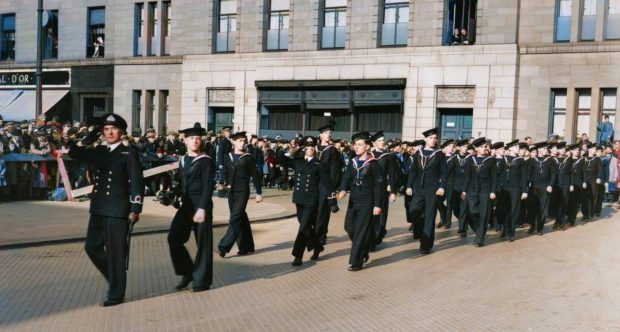
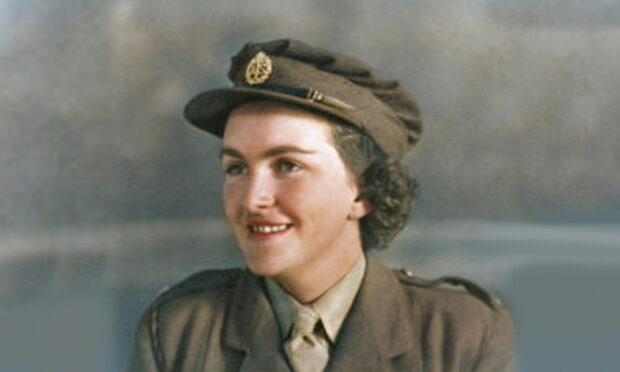
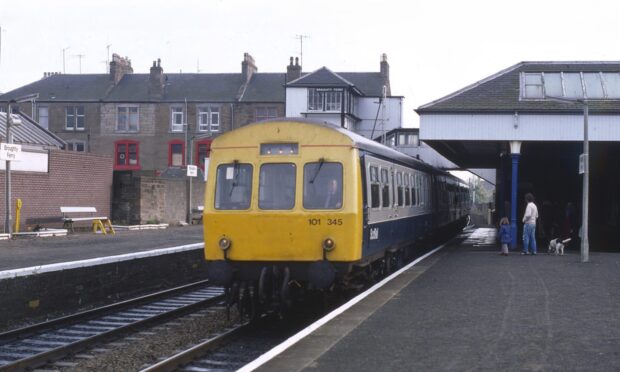
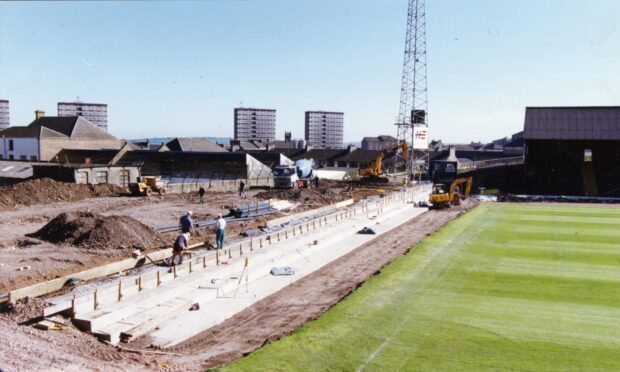
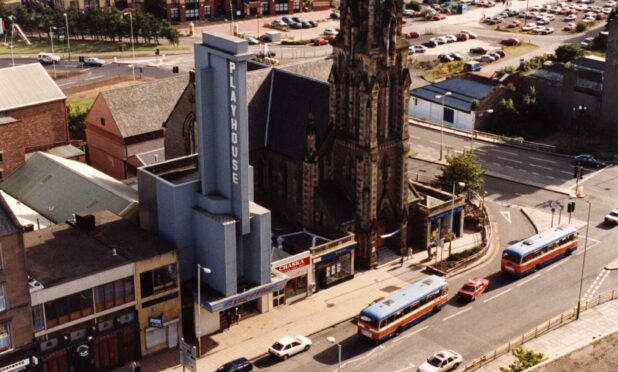
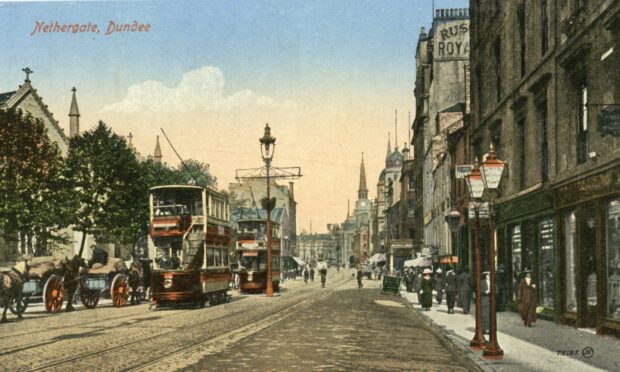
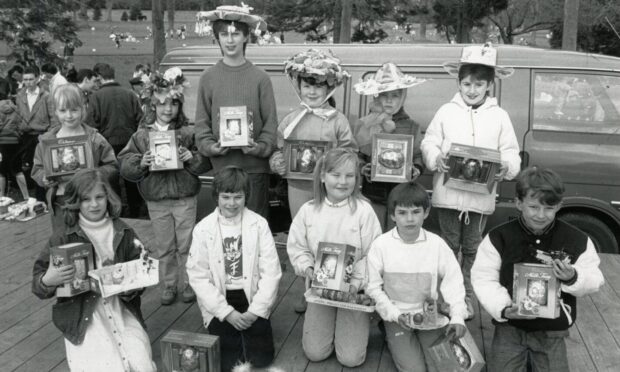
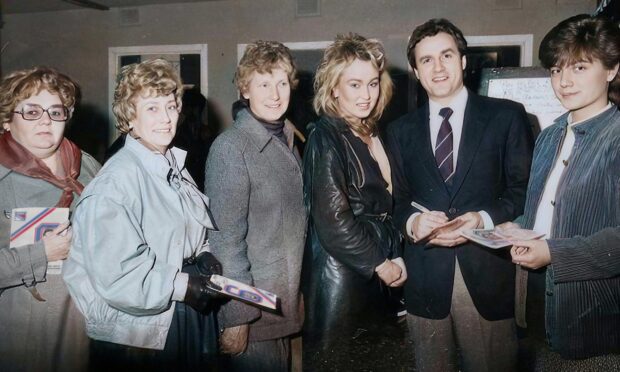
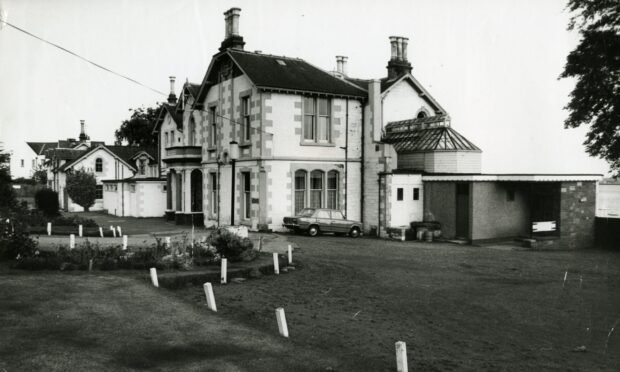
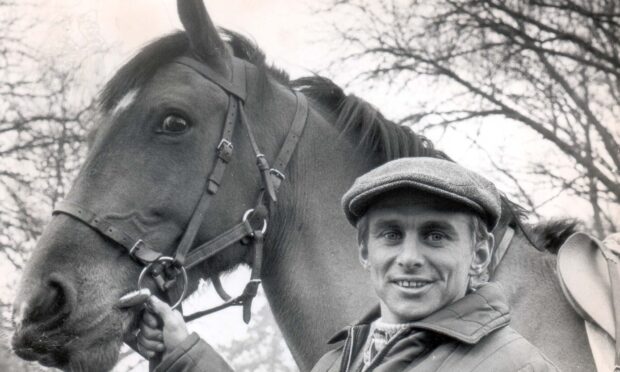
Conversation